What would happen if you were in a situation where your life was at stake? Would you have the strength, the conditioning, and the overall ability to save yourself or would you fail?
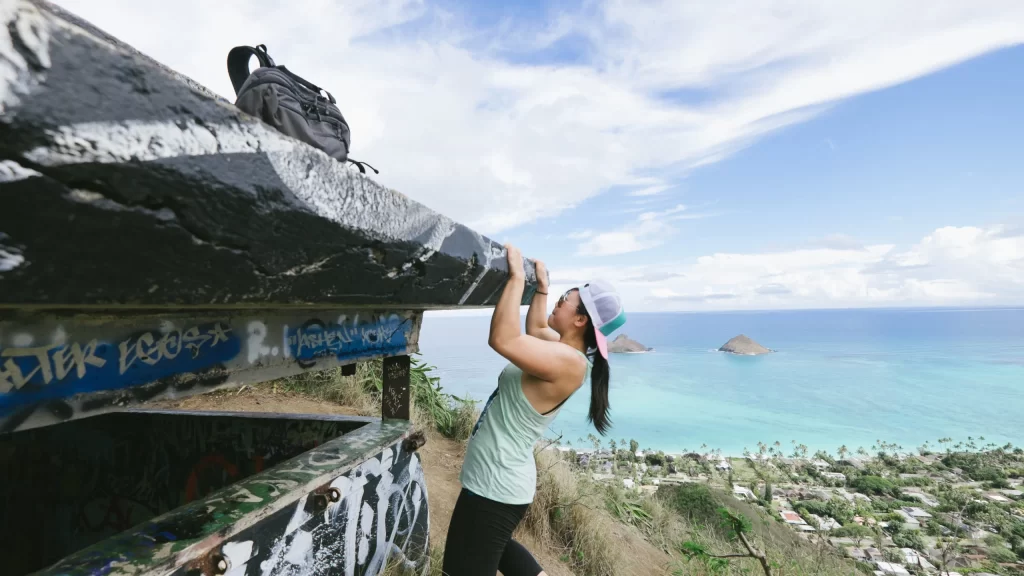
Well, here are 5 exercises that can literally save your life and when I say save your life I don’t mean from a heart attack or a stroke 20 years from now, I’m talking about if a pack of dogs is chasing you or if you’re hanging off a ladder or cliff you’re going to be very happy that you read this article. The truth is that many people forget that we live as physical beings in a physical world and it’s YOUR responsibility to physically take care of yourself; even if technology does most of the work for you nowadays, in an emergency situation, it’s very nice to be able to rely and trust in your own two hands (and two feet) because sometimes…you just have to run! Here’s the list:
Exercise 1: Unilateral Leg Exercises
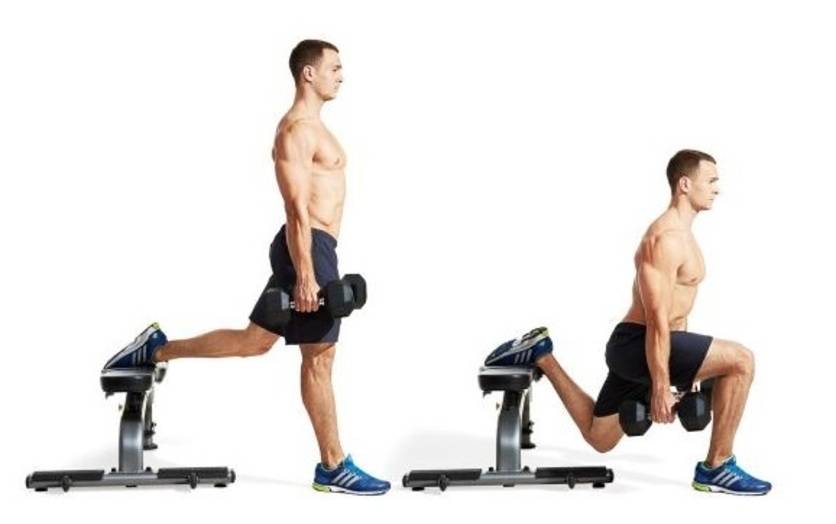
A unilateral leg exercise is basically just a fancy way of describing an exercise performed on one leg. Why would you want to do single leg exercises? Well because most athletic movements are single leg in nature and unilateral explosiveness is a must for any fast movement. Whether you’re running from a group of attackers or engaging them head on having unilateral leg strength will help you increase speed, agility, and explosiveness so you can get out unscathed.
One of the best unilateral leg exercises is the weighted Bulgarian split squat. You can do this exercise holding dumbbells at your sides or with a barbell on your back. 1 foot goes in front and the other foot gets planted behind on a bench and you go up and down in that lunge position. Granted, some people may have trouble with balance and coordination but this exercise will help develop just that and I promise you’ll get better every time you try this exercise, Try it first without weight then progress to heavier and heavier weight and when you’re ready you can make it even more explosive by performing a jumping lunge at the top of the movement.
Exercise 2: The Pull Up
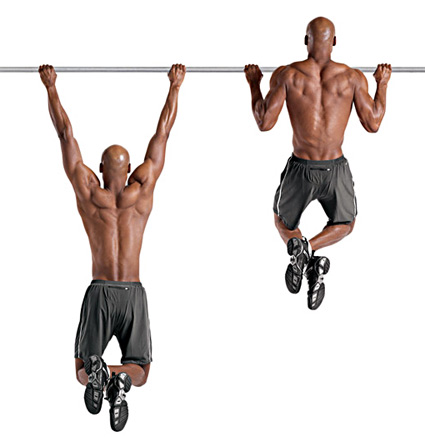
The next exercise that you should be doing is the pull-up. Many people can’t do pull-ups when they first start but, no worries, it’s really easy as long as you do the right things and make small incremental progress overtime. The reason why the pull up is so important to master is because you might lose your footing and fall off a ladder, you might slip off a roof, or you might fall into a pit and would need to pull yourself up and out. All and all, accidents really do happen and the pull up can help give you plenty of upper body strength to deal with many different emergency situations.
Let’s say that you’ve tried to do a pull up and you just can’t even get your nose over the bar without jumping–as I’ve mentioned before–that’s totally fine. Most gyms have assisted pull-up machines where you can select a counter weight to help you up along the movement. However you want to select as little resistance as possible for assistance. And whatever amount of weight you need when you first start, you want to gradually work your way down until eventually you don’t need any assistance at all. If you don’t have an assisted pull-up machine don’t worry there are very cheap resistance bands that you can buy and attach to a regular pull-up bar.
Exercise 3: Swimming
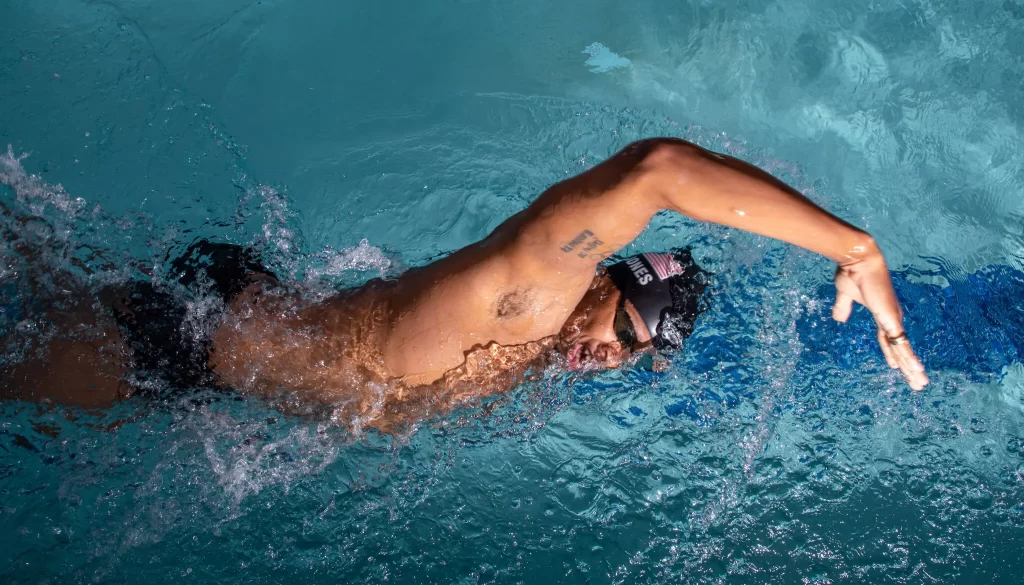
Not only is swimming one of the best forms of cardio but being proficient at swimming can definitely save your life! Emergency situations where you need to be conditioned and where you need to know how to swim, they really do happen. The great thing about swimming is that it works your whole body and it’s also low impact and it really helps with conditioning. If you’re not a good swimmer, just start by swimming from one end of the pool to the other and then take a break for a minute and then swing back. Work your way up over time and eventually spend more time swimming and less time taking breaks. Even swimming a couple laps for 30 minutes is a great cardio and conditioning workout that could help you big time in an emergency. As an added bonus, it can help you lose some fat as well.
Exercise 4: Martial Arts, Boxing & Wrestling
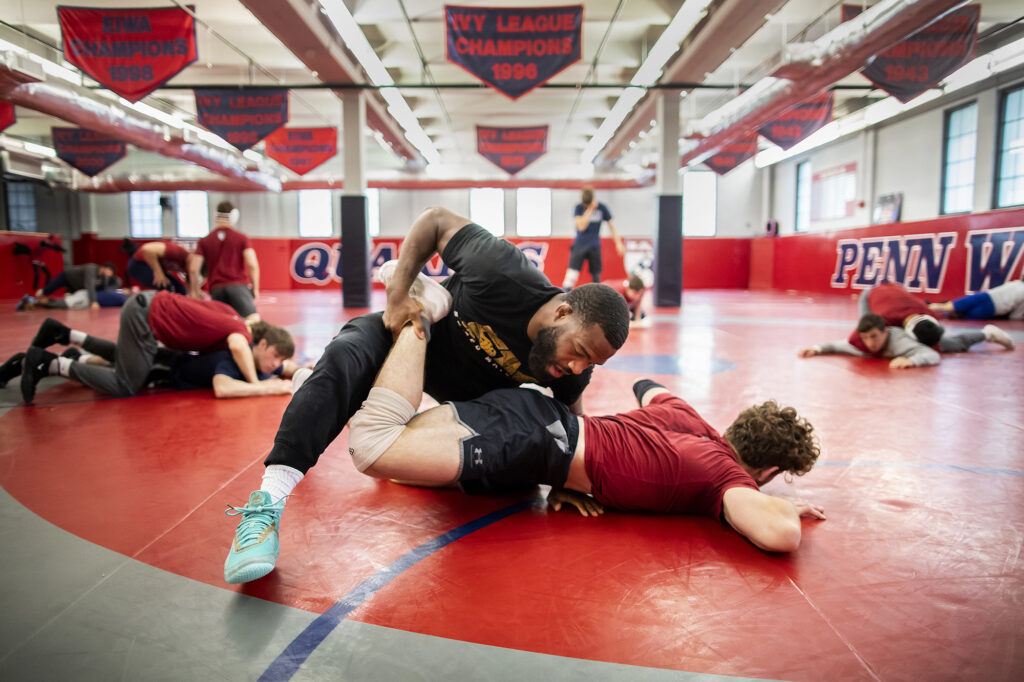
Understanding how to defend yourself is a must because running is not always an option. You can be out having a good time and all of a sudden, there is a scuffle and you get dragged into it. Whether you like it or not, fights do happen and many times they happen fast without a warning. Boxing will teach you how to take a punch and how to throw a punch. Wrestling will teach you how to take an opponent down and possibly (more importantly) it’ll teach you how to not get taken down to the ground yourself.
There are many other types of martial arts out there–such as Brazilian jujitsu–that are really good. But there are also many types of martial arts out there that don’t really prepare you for a real self-defense situation. There are even a lot of the new cool boxing schools out here will only teach you how to hit pads and boxing bags. Even though this is better than doing nothing, hitting pads and boxing bags doesn’t really teach you how to take a punch. So, when picking somewhere to train for self-defense, make sure it is in an environment that mimics a real self-defense situation as closely as possible. Things like sparring, rolling, and wrestling, especially when done at a high intensity, can truly help if you ever have to defend yourself or your friends.
Exercise 5: Sprinting (Running)
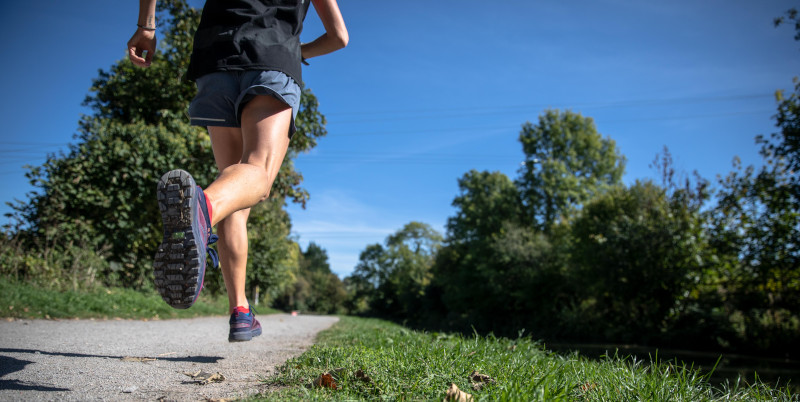
Sprinting is not only an exercise that can help you get away from danger but also because they are so many benefits sprinting. The beautiful thing about sprints is that you don’t have to do a lot of them to get a great workout. 15 minutes of “on and off” sprinting is enough. Sometimes, you have to pick your battles and standing your ground may not always be the best option. While sprinting will get you away from a group of attackers or your neighbor’s aggressive dog, it’ll also help you increase your conditioning, your stamina, and your leg strength. One example of a sprinting workout would be: 10 sprints, each with 60 seconds “on” and 60-90 seconds “off” to catch your breath; once you do it 10 times, you’re done, so it should only take about 15 minutes. It’s a short duration, but I assure you, this is one of the best workouts you can get when you don’t have a lot of time.
Suggested Articles:
Are You Ruining Your Gains? Here Are 3 Things That Can Be Holding You Back
10 Intermittent Fasting Tips You Should NOT Follow

Chime in--Join the Discussion!